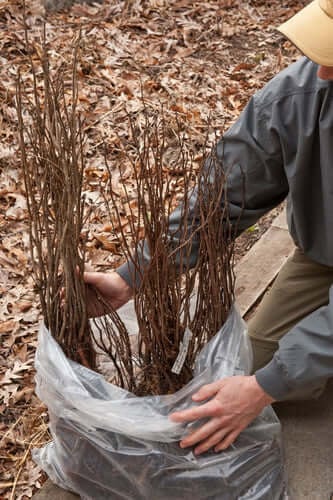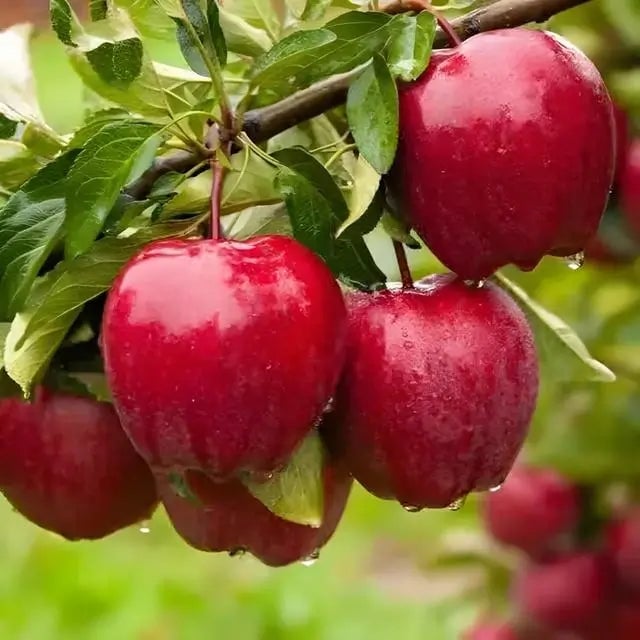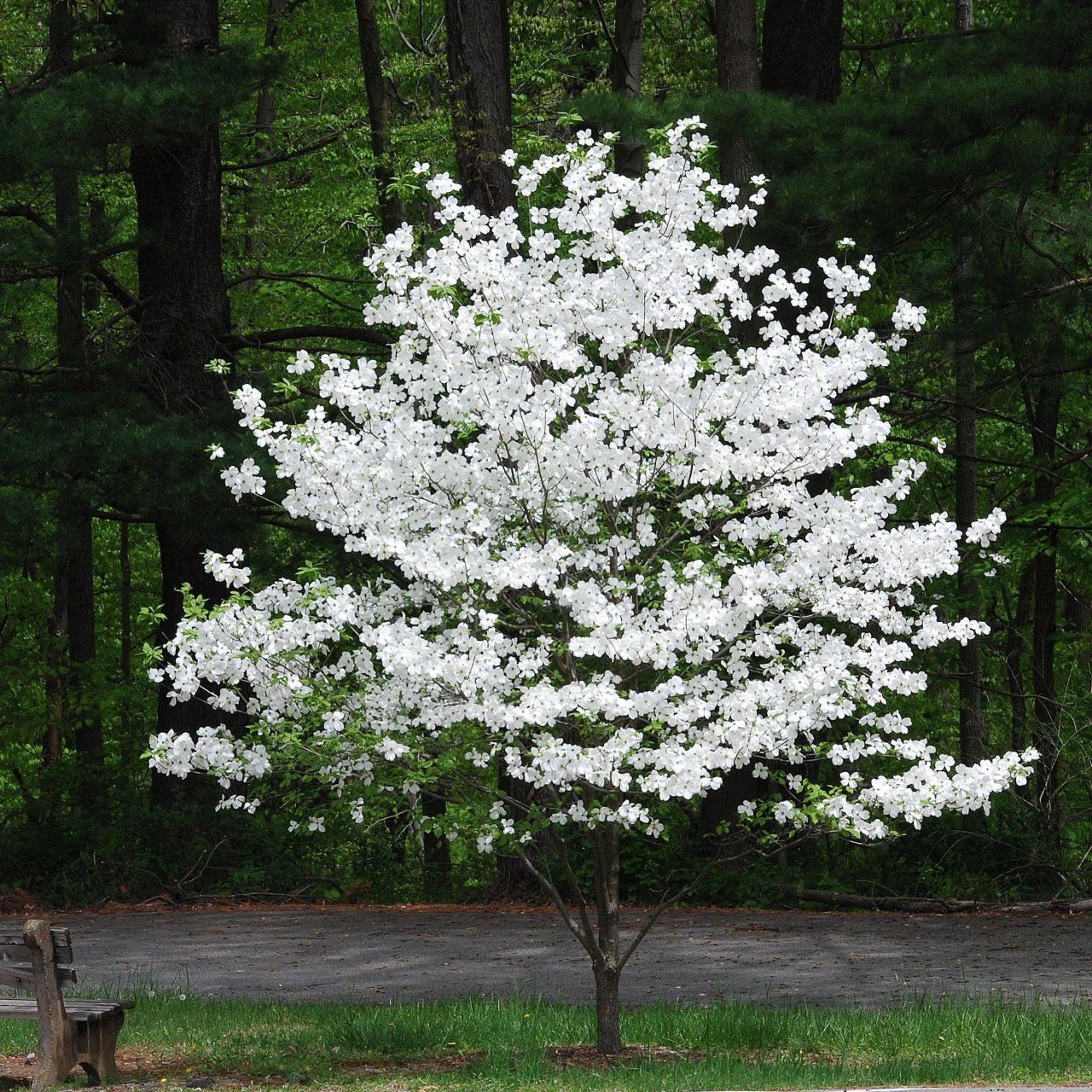Bare Root Plants are the ones that are not actively growing and are in a dormant state
They are dug out of the ground to put into dormancy, and when they have planted again, they adapt to the new soil conditions quickly without going into a shock.
There are many plants, fruit trees, and shrubs that are planted using this technique.
Some advantages of planting bare roots are that they are cheaper and weigh less than the other plants. That makes them ideal for long-distance shipping. One of the things that many people do not realize is that planting bare roots is a lot easier. Once you plant in the ground and provide moisture, the bare root plant will start growing again. Planting dormant plants save them from a possible shock while planting in different soil conditions. Plants take time to adapt and react to their surroundings, and by planting bare roots, you can make it easier for them.
Some common bare-root plants are roses, strawberries, raspberries, ornamental shrubs, etc. It is essential to choose the right kind of plants for your garden. If you do not have experience in handling bare roots, then you will probably not be able to tell whether a particular plant is suitable for your home garden or not. However, there are a few key things that can keep in mind while choosing bare-root plants-
-When you lift the plant, the roots and rhizomes should feel more substantial than the rest of the plant. That can help determine that there is moisture in the roots and they have not died. If the roots are light and dried out, then the plant will probably never grow.
-There should not be any signs of any diseases, molds, or mildew on the plants. Unhealthy plants do not grow properly and die eventually.
-Buy plants that do not show signs of any damage. Don’t go in for plants with broken branches and twigs.
These are some things to consider if you buy bare rootstock for your home garden.
The Roots of the Bare Root Revolution
Long before modern gardeners reveled in the convenience of bare root plants, these unassuming bundles of life carried the secrets of horticultural success through generations. Imagine a time when transportation was a bumpy wagon ride and shipping live plants required creativity and grit. Bare root plants emerged as a game-changer, a practical method that seemed genius.
In the early 1800s, pioneers moving westward faced the challenge of bringing their beloved fruit trees, roses, and shrubs to untamed frontiers. Bare root plants became the apparent solution without fancy pots or protective packaging. Stripped of soil to save on weight and space, these plants endured long journeys packed in damp straw or burlap. What they lacked in glamour, they made up for in resilience.
Farmers quickly realized the perks. Without the heaviness of soil, bare root plants were more accessible to transport, cheaper to buy, and shockingly forgiving in their new homes. Their dormant roots sprang to life in the spring with water and tender care. It was as if these plants knew their destiny was to thrive in wild, uncharted territory.
How Bare Root Plants Shaped Gardening
By the mid-19th century, bare root plants weren't just for settlers. Nurseries across the country embraced the method of distributing trees, flowers, and shrubs on a massive scale. The process allowed them to share beauty far and wide without draining wallets or breaking backs. Suddenly, apple orchards, ornamental landscapes, and homegrown flowerbeds became accessible luxuries to the everyday gardener.
Even iconic movements like the Victory Gardens of World War II leaned on bare root plants. With soil-packed pots being scarce during wartime, the simplicity of bare root planting allowed citizens to grow food and flowers while resources stayed focused on the front lines.
What's truly remarkable is how little the method has changed. Bare root plants still arrive as humble bundles of roots and stems, but they always carry the same promise: lush growth and unmatched value. They require a touch of faith as they did centuries ago but deliver in almost magical ways.
Today, when you unwrap a bare root plant and nestle it into the soil, you're participating in a tradition that shaped the very landscape of gardening. It's a testament to resilience, ingenuity, and the power of nature to adapt and flourish, no matter the odds.
Who would've thought something so simple could make such an impact?
Read more
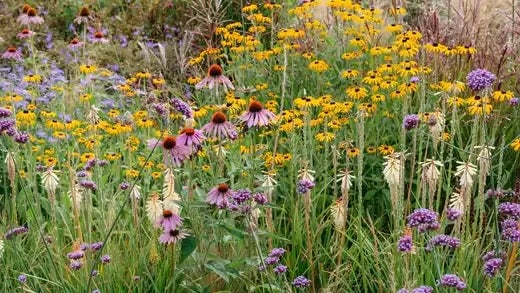
Every gardener wants to keep their garden green and lively. We all wish to make it look beautiful and serene.To keep the garden green throughout the year, you can plant many great perennials that s...
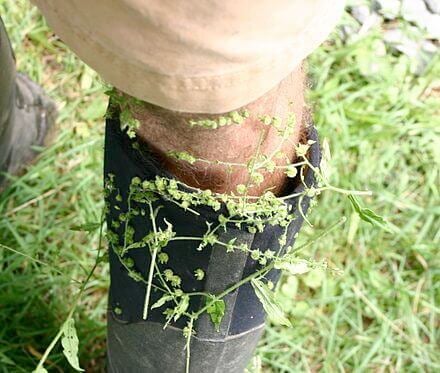
Anyone who grew up in a rural area of the United States, especially the eastern United States, has probably, at one time or another, while wandering the forests and fields, had a run-in with a stic...


